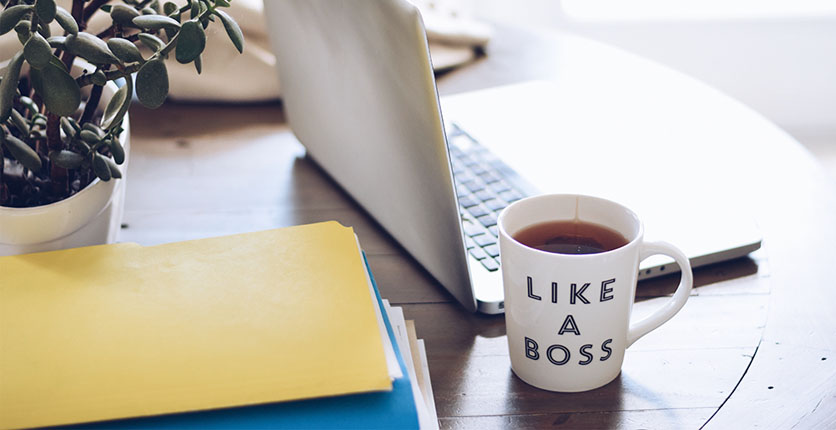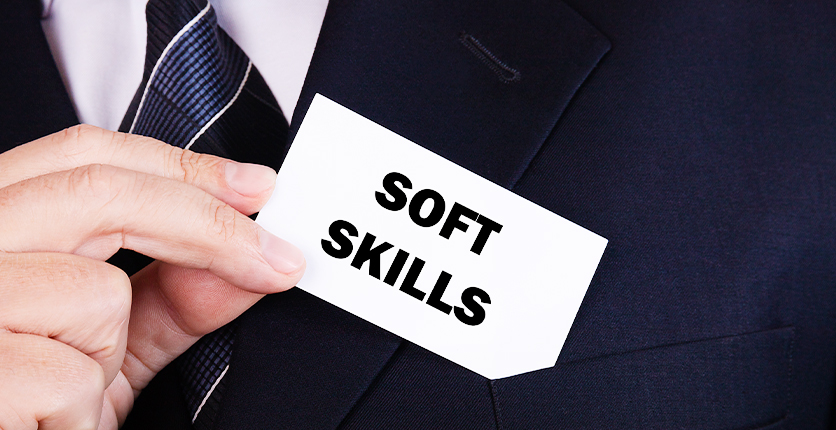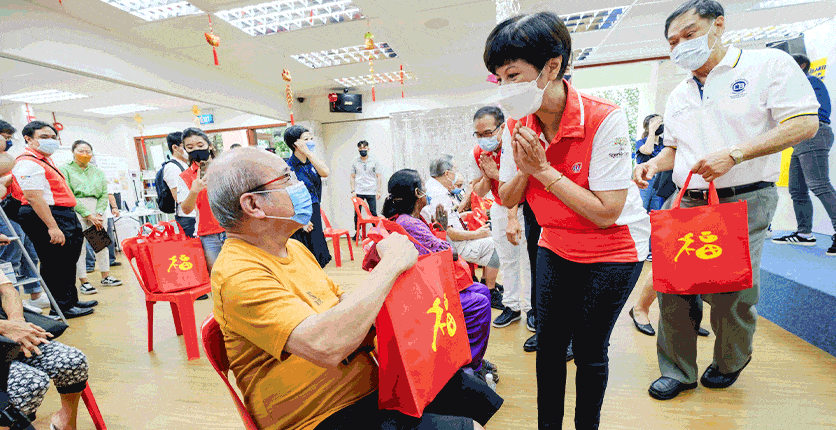In the midst of all the disruptions and restrictions because of the pandemic, you might find yourself lost at work, at home. Time to get back to basics and take these easy-peasy steps to becoming the master of the house and the office.
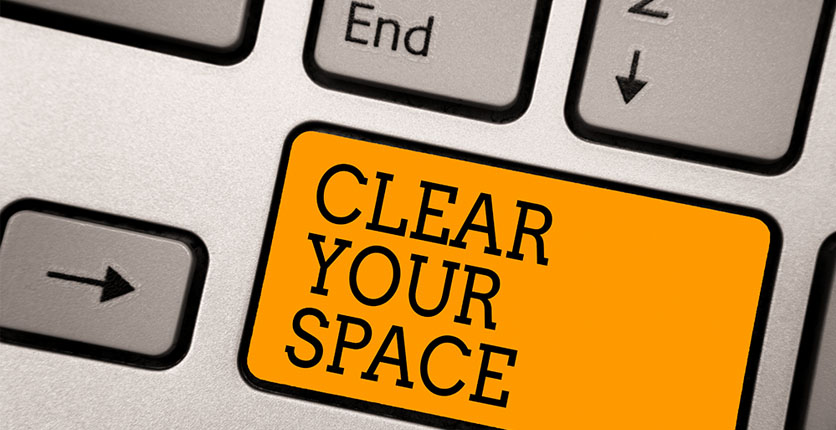
Clear Out Your Zone
Adopt Marie Kondo’s tactics and declutter, just so you can carve out a niche in your home for work. Since you know you will be spending hours within the house hunched over your keyboard, it is best you have a dedicated space meant only for WFH. Finding and cleaning up an area in your home not only creates ample room for your laptop, stationery and office documents, but helps you focus on work without the unnecessary mess and sets a demarcated boundary to let family members know that when you are in this “zone”, you (and the things found within the zone) are not meant to be disturbed.
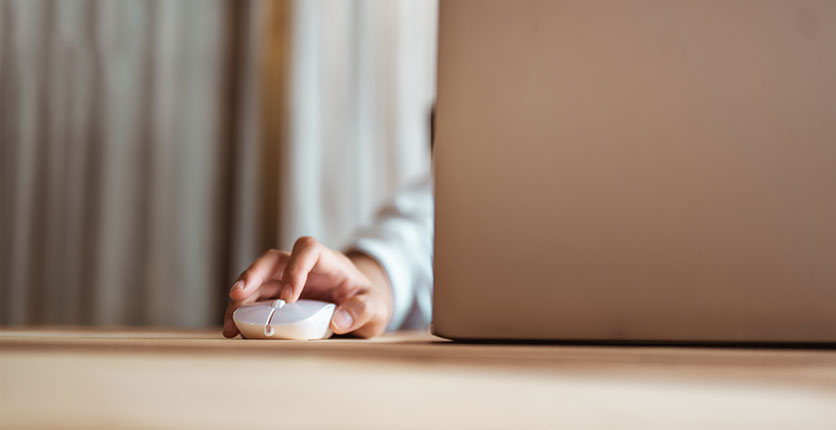
Mind Your Place
Back in your workplace, you could either be hot-desking, surfing in an open office or comfortably ensconced in a cubicle. Whatever the situation, emulating your work environment might actually help settle you down to be in the proper headspace for carrying out your tasks.
If you rather “labour” in an open area, do so from your fave spot in the house: on the kitchen dining table (because you were right next to the office pantry), at your balcony (because yours was the window seat), or even in bed if you see fit, if it helps with productivity.
Or, if you prefer being in your own work bubble, surround yourself with the things that used to populate your cubicle to make you feel more cosy. Cushions, coffee mugs, photos, desk plants, that fave office jacket – all these items can be “assists” in putting you back into the professional game.
And if you think home (and office) is wherever your laptop is, you can head to a quiet cafe. But given the current situation, it is best you stay safe; stay out less, don’t cafe-hop, and also, don’t hog seats (it’s not nice).
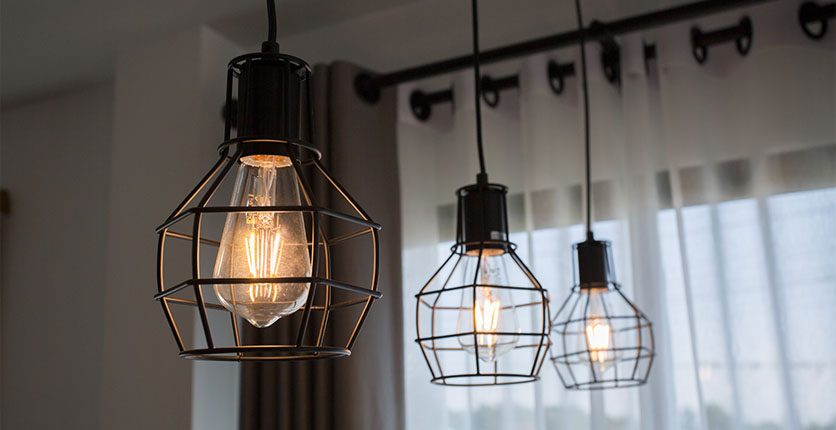
Light Matters
You might not be aware but the kind of lighting you use does affect how you work. Too dim, and you might strain your eyes and feel drowsy; too bright, your eyes may hurt and headaches can be triggered. And, being exposed to blue light that is emitted from fluorescent and LED lights, and computer and mobile phone screens, for too long and too often, can interfere with your nighttime sleep.
Test out and tweak your lighting to see what suits you best. But if you aren’t sure, there is some general advice that you can note of.
Warm lighting (yellow or orange) creates a sense of comfort and relaxation while cooler, blue-white lighting improves alertness and reduces fatigue, so choose the type of lighting you figure can help you be more productive.
Do not rely on just your overhead lights – instead, you can turn them down and opt for natural lighting by opening your windows. Studies have indicated that we respond best to natural lighting and that it does not cause as much strain on your general health as artificial lighting. Or, if the sky’s overcast and you need more light, try task lighting to illuminate the specific area where you are carrying out detailed work; a desk lamp should suffice for typing.
Last, decrease your exposure to sources of blue light. Take breaks from your screen time and don’t stare at your devices late into the night when you ought to be sleeping.
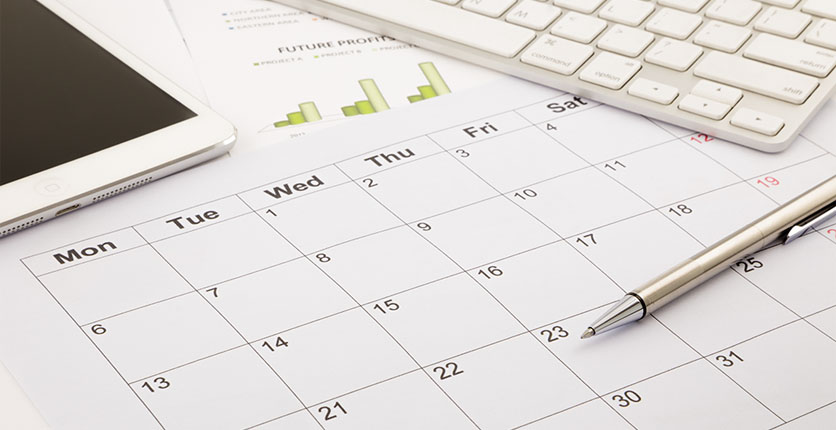
It’s About Time
Some may prefer the flexibility that comes with WFH, others, not so much because of how their weekday schedules are disrupted when one’s daily duties get in the way of professional ones. If you must, stick to your regular office hours and take your designated lunch and tea breaks if stability is your thing. Or, if you are allowed to, draw up your own timetable: get toiling according to the hours you feel most enterprising and set aside breaks for family or me-time during the day. Regardless of your preferred working-style, being disciplined, organised, efficient and also flexible are key to how you manage your time.
Featured image: Shutterstock


